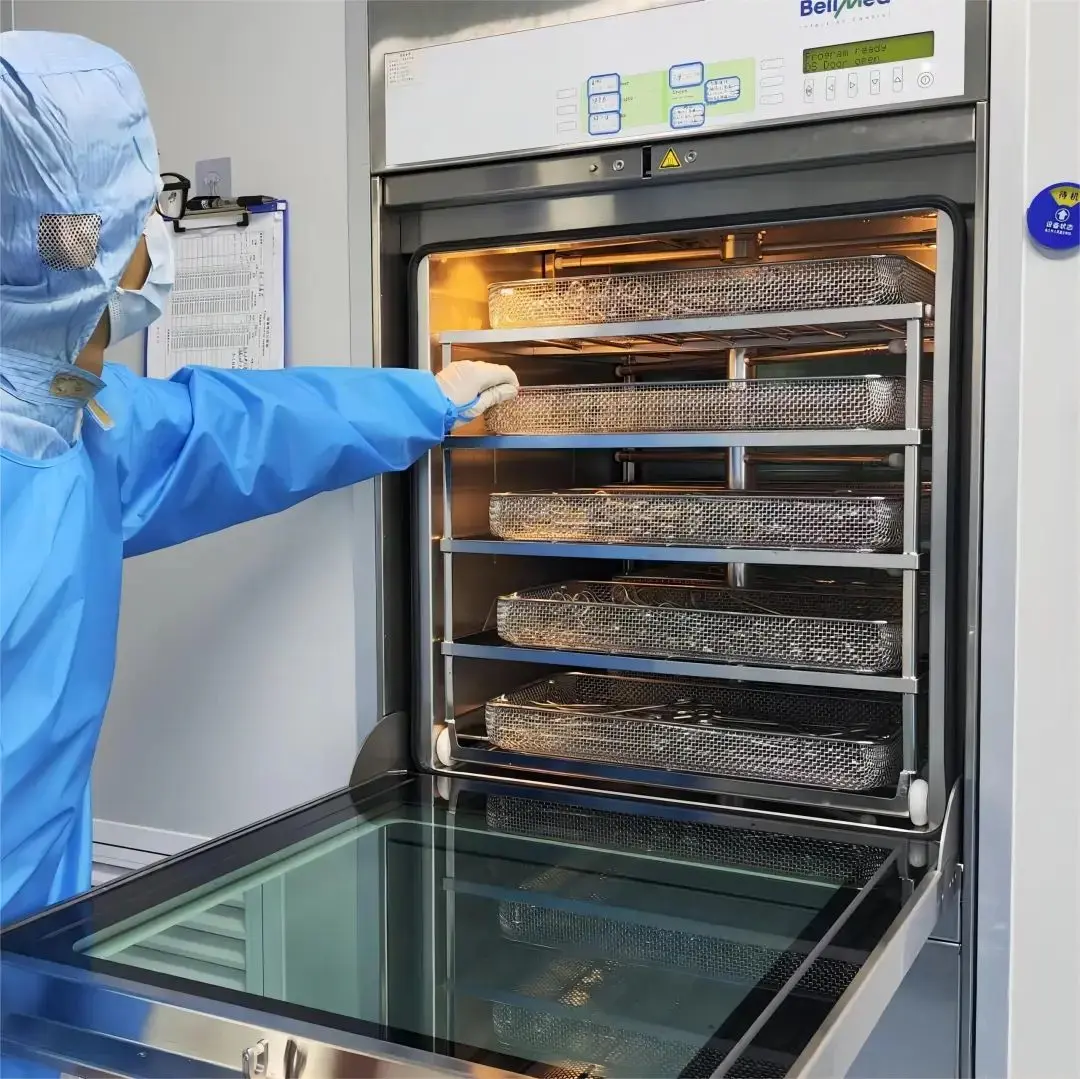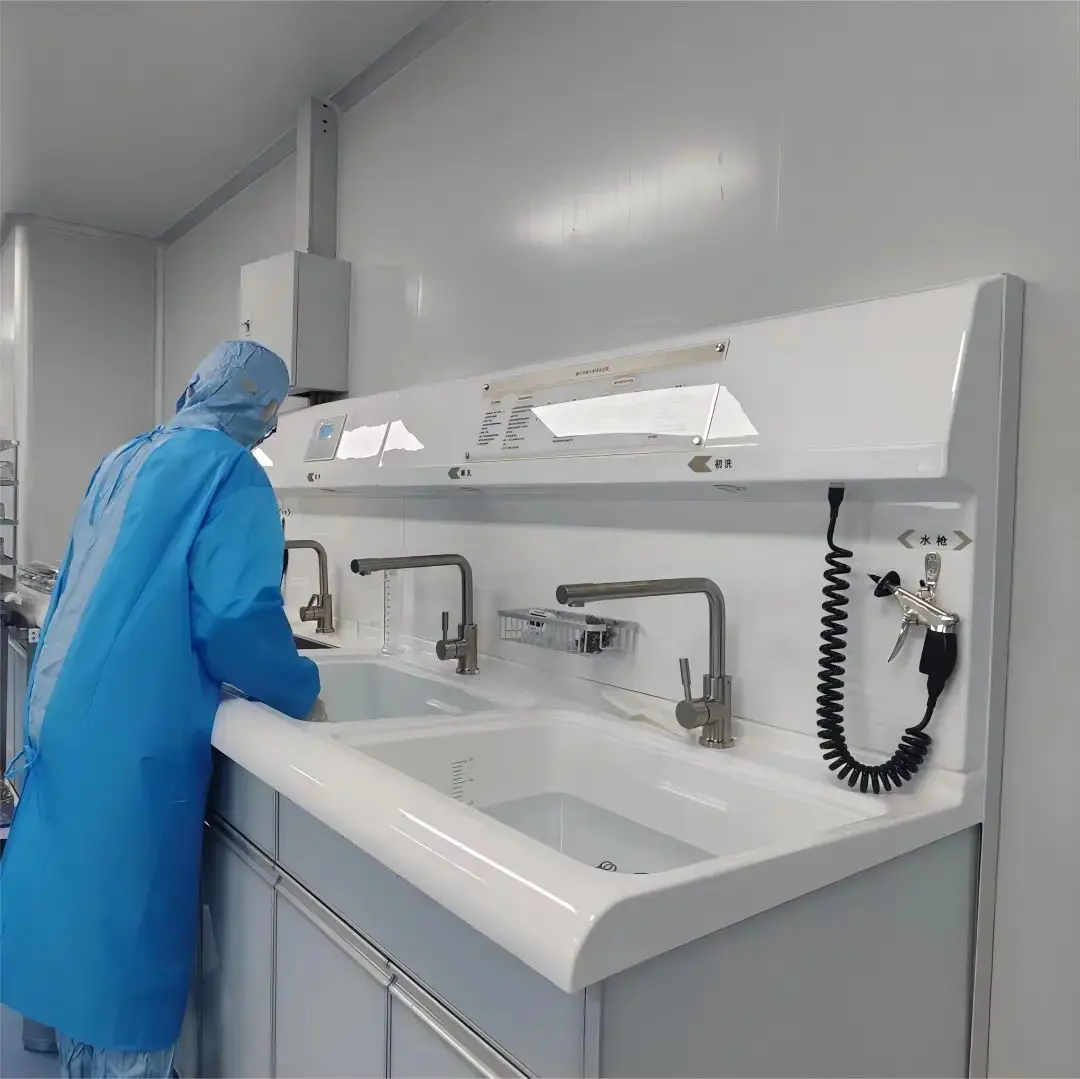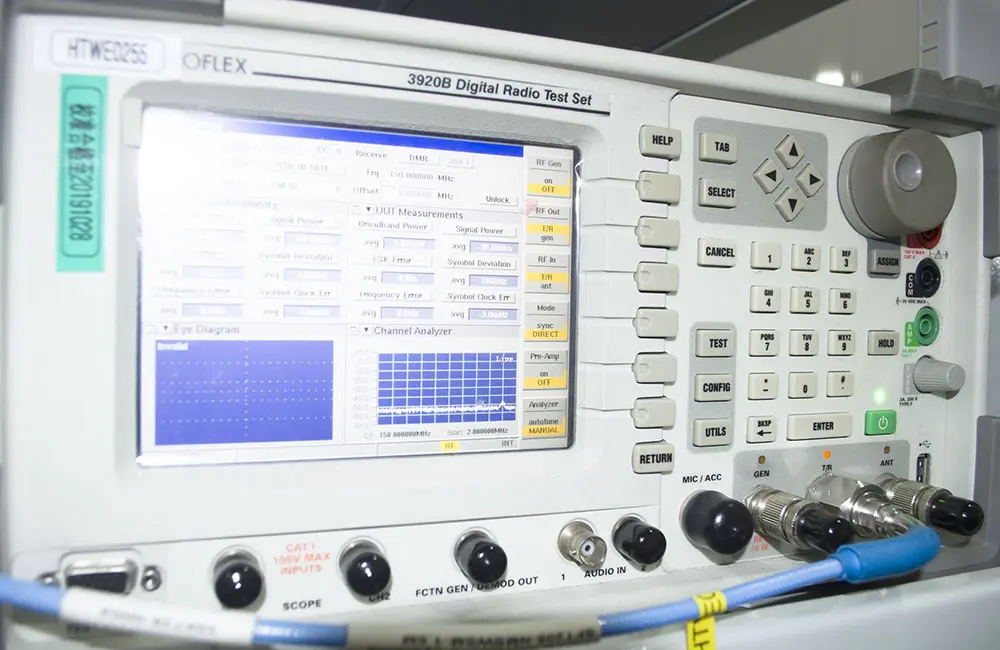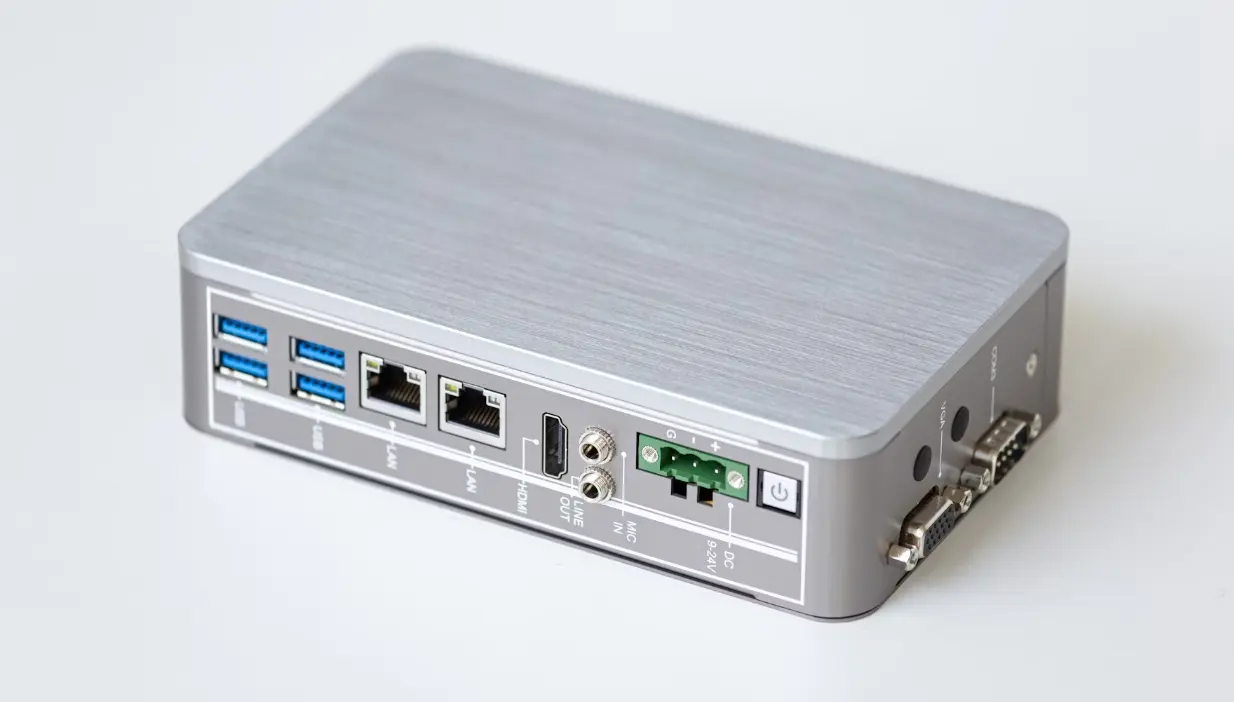
What is Dioctyl Phthalate Test?
What are Phthalates?
Phthalates are a group of chemical compounds primarily used in PVC materials to transform rigid plastic into flexible plastic, serving as plasticizers.
Hazards of Phthalates
Recent studies in Germany have shown that many cosmetics, toys, and food packaging contain harmful chemicals known as phthalates. Research indicates that these substances are widespread in cosmetics, children’s toys, and food packaging, and their excessive presence can pose significant health risks. Phthalates function like estrogen in the human body and animals, interfering with the endocrine system. In cosmetics, nail polish contains the highest concentration of phthalates, and many fragrance components in cosmetics also contain them. These chemicals enter the body through the skin and respiratory system in women, and excessive exposure can increase the risk of breast cancer and harm the reproductive systems of male infants in the future.
Where are Phthalates commonly found?
Phthalates are chemicals that soften plastics. They are widely used in products such as toys, food packaging, medical blood bags and tubing, vinyl flooring and wallpaper, cleaning agents, lubricants, and personal care products like nail polish, hair spray, soap, and shampoo.
Phthalate Limits in Toys:
With increasing awareness of phthalates, their presence in children’s products is being closely monitored. The European Union officially imposed limits on phthalate content in toys and childcare products for children under three years old in 1999. Experts found that soft plastic toys and children’s products containing phthalates could be put in children’s mouths, and if exposed for long enough, the levels of phthalates released could exceed safe limits, causing damage to children’s liver and kidneys and even leading to early puberty.
The EU directive 2005/84/EC, limiting the phthalate content in toys and childcare products, came into effect on January 16, 2007. EU member states were required to implement this directive into national law by July 16, 2007, and to begin enforcement by January 16, 2008.
According to the directive, "children's care products" refer to any items that assist children with sleeping, relaxing, maintaining hygiene, or feeding and sucking. This includes various types of pacifiers.
Directive 2005/84/EC Phthalate Restrictions:
- The concentration of three phthalates (DEHP, DBP, and BBP) in toys or children's care products must not exceed 0.1%. These are commonly referred to as the 3P phthalates.
- Toys or children's care products with concentrations of DEHP, DBP, or BBP exceeding 0.1% are prohibited from being sold in the EU market.
- For toys and children's care products that may be placed in the mouth, the concentration of three other phthalates (DINP, DIDP, and DNOP) must not exceed 0.1%.
- Toys and childcare products with concentrations of DINP, DIDP, or DNOP exceeding 0.1% cannot be sold in the EU market.
- DEHP, DBP, BBP, DINP, DIDP, and DNOP are collectively referred to as the 6P phthalates.
- 16 harmful substances in phthalates (referred to as the 16P) include:
1. Diisononyl ortho-phthalate (DINP)
2. Bis(2-ethylhexyl)ortho-phthalate (DEHP)
3. Di-n-butyl ortho-phthalate (DBP)
4. Diisodecyl ortho-phthalate (DIDP)
5. Di-iso-butyl ortho-phthalate (DIBP)
6. Benzyl-n-butyl ortho-phthalate (BBP)
7. Di-n-octyl ortho-phthalate (DNOP)
8. Diisooctyl ortho-phthalate (DIOP)
9. Dimethyl ortho-phthalate (DMP)
10. Dinonyl ortho-phthalate (DNNP)
11. Dinheptyl ortho-phthalate (DHP)
12. Diphenyl ortho-phthalate (DPP)
13. Dicthyl ortho-phthalate (DEP)
14. Dicyclohexyl ortho-phthalate (DCHP)
15. Di-propyl ortho-phthalate (DPRP)
16. Diisonoyl adipate (DINA)
During phthalate testing, in compliance with EU regulations protecting children’s health, the content of 3P, 6P, and 16P phthalates in children’s toys must not exceed the specified limits. If these limits are exceeded, the products cannot be exported to the EU and other regions. Products that are free of these phthalates are often referred to as "non-3P," "non-6P," or "non-16P."
Email:hello@jjrlab.com
Write your message here and send it to us
 EU 2.4G Products CE-RED Directive
EU 2.4G Products CE-RED Directive
 Cytotoxicity Analysis (CCK-8 Method)
Cytotoxicity Analysis (CCK-8 Method)
 Disinfection Validation for Reusable Medical Devic
Disinfection Validation for Reusable Medical Devic
 ASTM F3208-2020 Testing Laboratory
ASTM F3208-2020 Testing Laboratory
 Reprocessing of Reusable Medical Devices ISO15883
Reprocessing of Reusable Medical Devices ISO15883
 Wireless Product Certification Guide
Wireless Product Certification Guide
 TISI Certification for Hair Dryers in Thailand
TISI Certification for Hair Dryers in Thailand
 Thailand TISI Compliance Certification Reminder
Thailand TISI Compliance Certification Reminder
Leave us a message
24-hour online customer service at any time to respond, so that you worry!




